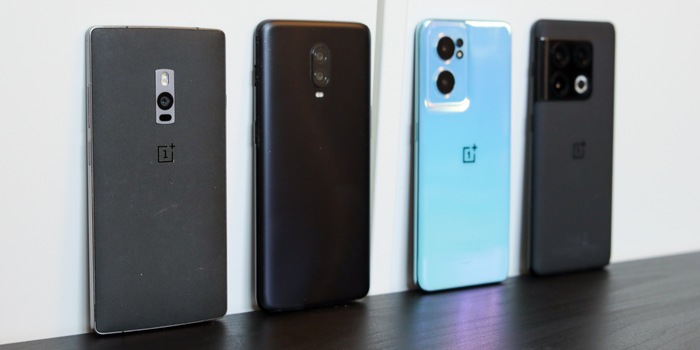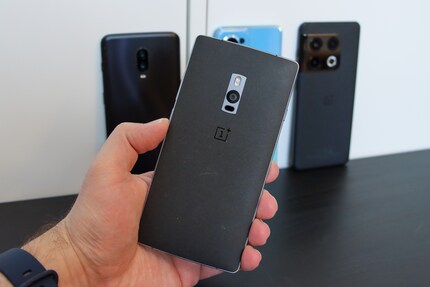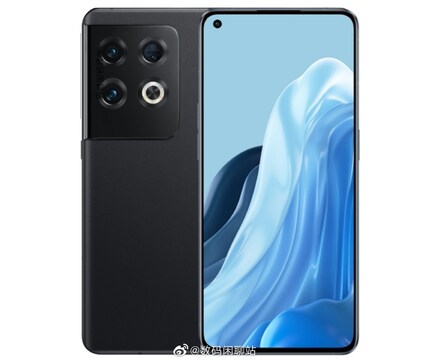
Opinion
Getting rid of OnePlus: how a tablet’s leading the way
by Jan Johannsen

OnePlus and Oppo are getting closer and closer in terms of technology and looks. From a business perspective, this certainly makes sense. But OnePlus is risking its image.
While OnePlus started as a small start-up, it has always been part of a large corporation. Recently, cooperation with sister brand Oppo has intensified – as evident in its smartphones.
OnePlus is gradually losing its image as the cool underdog and increasingly entering the mainstream. This doesn’t automatically mean that devices will be worse as a result. After all, for a company that wants to make a profit, mass appeal is the goal. There isn’t much money to be made with niche products.
However, the enthusiasm of yesteryear is slowly fading. The OnePlus One cost only 399 Euros in 2014 – even then, significantly less than top models from other manufacturers, which it rivalled in terms of features. Purists would say the «decline» already started with the OnePlus 3 and its departure from the unique Sandstone back. Or was it the introduction of low-cost entry-level models?
Currently, OnePlus is at a point where a collaboration with Oppo won’t yet be perceived negatively. However, both brands walk a fine line regarding public sentiment. Too much Oppo, too little OnePlus, and the painstakingly built image of a flagship killer is ruined, turning the enthusiastic community away.
On the other hand, I didn’t get any Oppo vibes at all when it came to the design of the OnePlus 10 Pro. Visually, it’s something new and unique from OnePlus.
These observations shouldn’t be seen as general criticism of Oppo and OnePlus’ cooperation. Uniform fast-charging technology across brands and manufacturers is more than welcome. Especially given the current state of things, where batteries charge slowly without their original power adapter and cable. I’m also happy about cool camera functions, which may also be adopted by others now.
The brand strategy of BBK, the group behind OnePlus and Oppo as well as Vivo and Realme, doesn’t matter to me as a consumer. The main thing is that I end up with a good smartphone. And that’s still the case with OnePlus.
A look at the auto industry shows that such a multi-brand strategy can be successful. At least to me, a layman, Volkswagen seems to have made a decent amount of money with its ten brands in recent years. However, target groups for smartphones differ from those for cars. It feels like the four BBK brands compete with each other more than Volkswagen’s, even with less than half as many brands.
When I was but a young student, I'd sit in my friend's living room with all my classmates and play on his SuperNES. Since then I've had the opportunity to test out all the newest technology for you. I've done reviews at Curved, Computer Bild and Netzwelt, and have now arrived at Galaxus.de.
This is a subjective opinion of the editorial team. It doesn't necessarily reflect the position of the company.
Show all
For years, OnePlus emphasised that it only wanted to launch one smartphone a year using the best possible technology. Then, as early as 2016, T models were added as a semi-annual update, followed in 2020 by the Nord series for mid-range and entry-level models. Don’t get it twisted, these are still good smartphones, and I’ve asked myself often enough when a successor to the accidental mid-range model OnePlus X from 2015 will finally be released. According to OnePlus, inexpensive Nord smartphones now account for a large share of devices sold. So it’s worth it financially. But their brand image is changing.
In July 2021, OnePlus announced its ongoing collaboration with Oppo on software for their smartphones. This should allow software updates to be created faster, more reliably and over longer periods of time. However, the cooperation would take place in the background. The OxygenOS and ColorOS interfaces would still look different on their respective devices and give the smartphones their own touch. So far, this is the case, but shared knowledge is also visible in other places.
When I unpacked the OnePlus Nord CE 2 for review, the camera hump on the back reminded me strongly of Oppo smartphones. I knew the design, and it differed quite significantly from OnePlus’ standard. My suspicion that this was just an Oppo smartphone with a different name wasn’t confirmed. At least, I haven’t found a model from Oppo with the same features so far. It thus remains an Oppo casing with OnePlus innards. At least for now.
OnePlus has also changed its fast-charging technology with the Nord CE 2 and 10 Pro. Instead of the in-house WarpCharge, it now uses SuperVooc, like Oppo. However, the team-up also works in the other direction. Camera manufacturer Hasselblad initially worked on the OnePlus 9 and from there also helped out the Oppo Find X5 Pro.
However, if the Oppo-isation of OnePlus goes too far – for example, with a hastily rebranded Oppo smartphone as a new OnePlus model – BBK can quickly write off its successful project. And that could happen sooner than we think. The leaked Oppo Reno 8 looks an awful lot like it could’ve become the OnePlus 10 – without Pro – under other circumstances.
